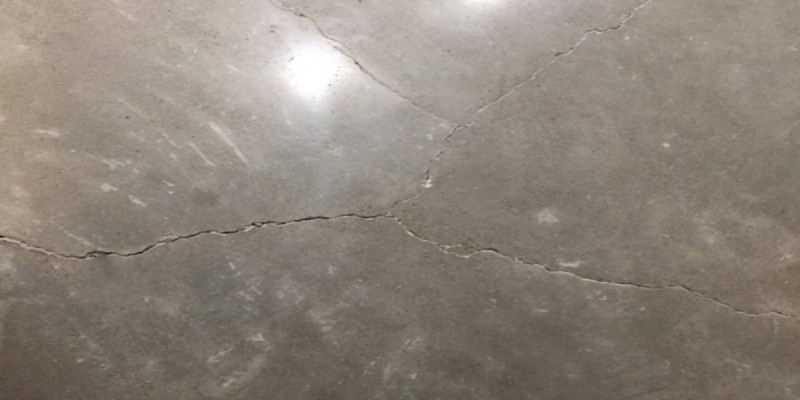How can we help you
Concrete floor grinding is a common technique used to smooth and level concrete surfaces. However, there are some issues that can arise during the grinding process, such as cracking and other surface defects.
Here are some tips to prevent cracking and other issues in concrete floor grinding:
Proper surface preparation: Before starting the grinding process, it's essential to ensure that the concrete surface is clean and free from any debris or contaminants. This includes removing any old coatings, adhesives, or sealers that may be present on the surface.
Use the correct equipment: It's important to use the right type of grinding machine and diamond grinding tooling such as PCD removal tooling and metal bond tooling for the specific application. Using the wrong tools or equipment can lead to uneven grinding, which can result in surface defects and cracking.

Monitor the grinding process: Keep an eye on the grinding process to ensure that the surface is being ground evenly. If you notice any signs of cracking or other surface defects, adjust the speed or pressure of the grinder accordingly.
Use a densifier: Applying a densifying agent to the concrete surface after grinding can help to fill in any small cracks or surface defects. This will improve the surface's durability and resistance to future wear and tear.
Seal the surface: Finally, sealing the surface after grinding will protect it from moisture and other environmental factors that can cause cracking and other issues. A high-quality sealer will also enhance the surface's appearance and make it easier to clean and maintain over time.
By following these tips, you can prevent cracking and other issues in concrete floor grinding and ensure that your concrete surfaces remain smooth, level, and durable for years to come.